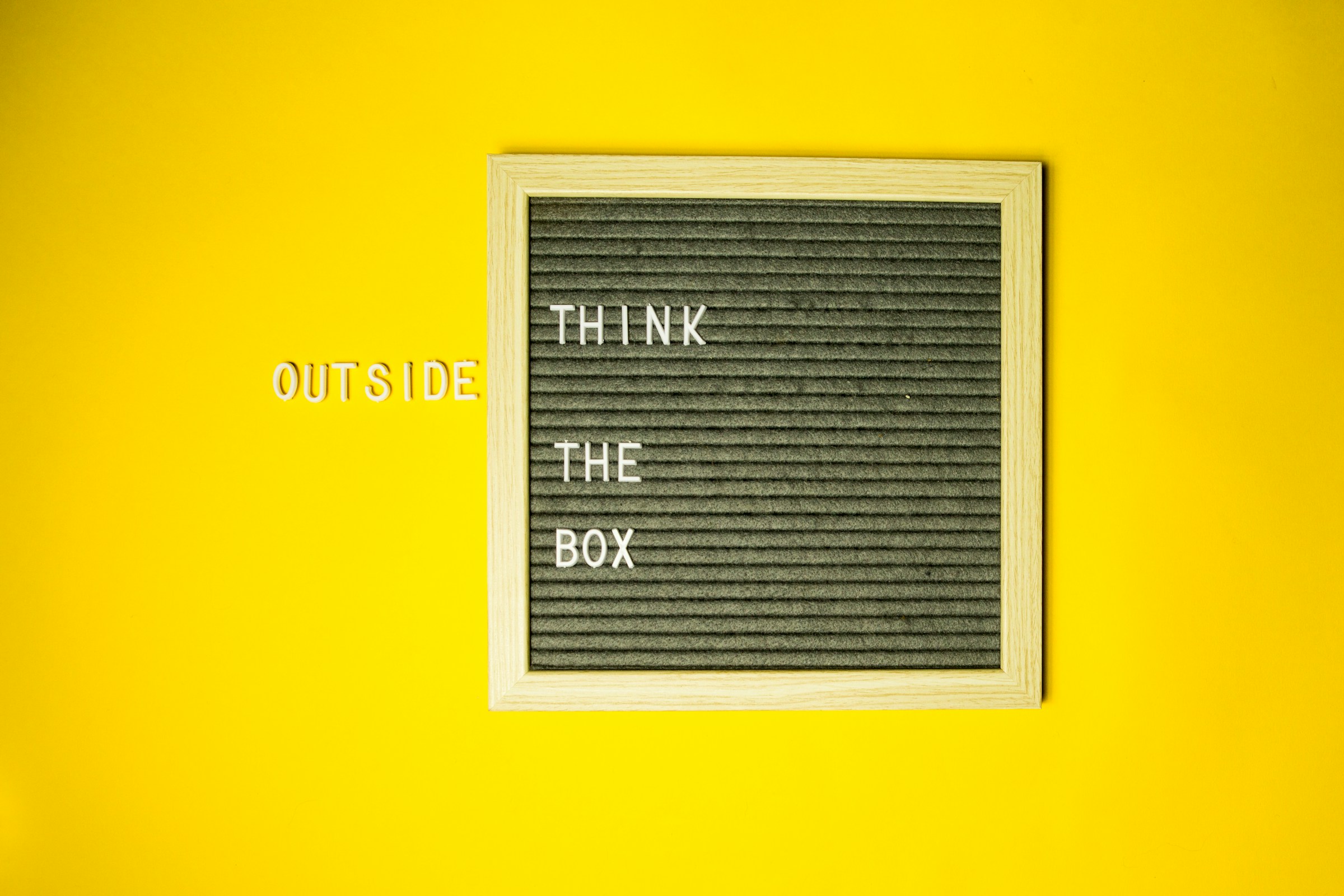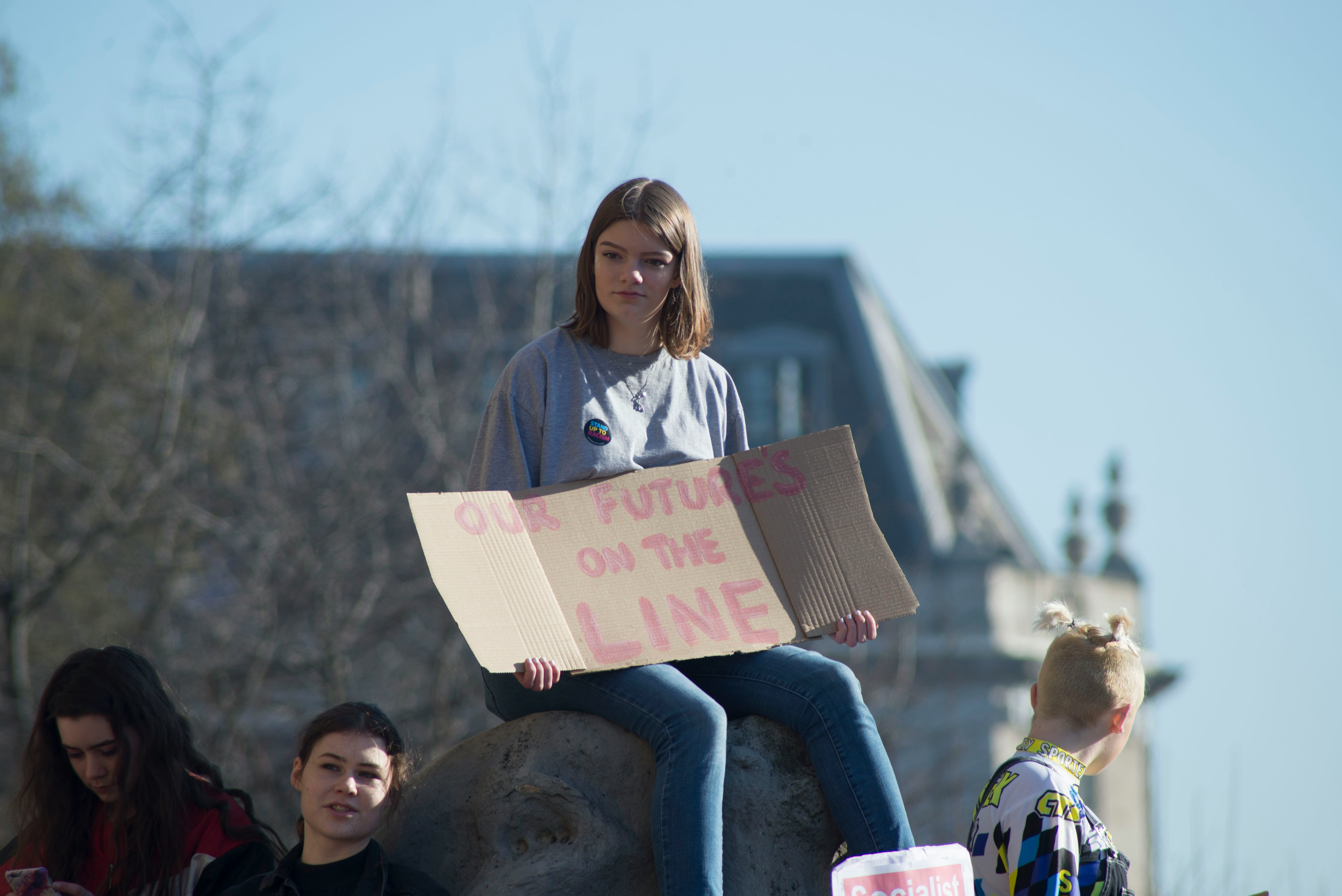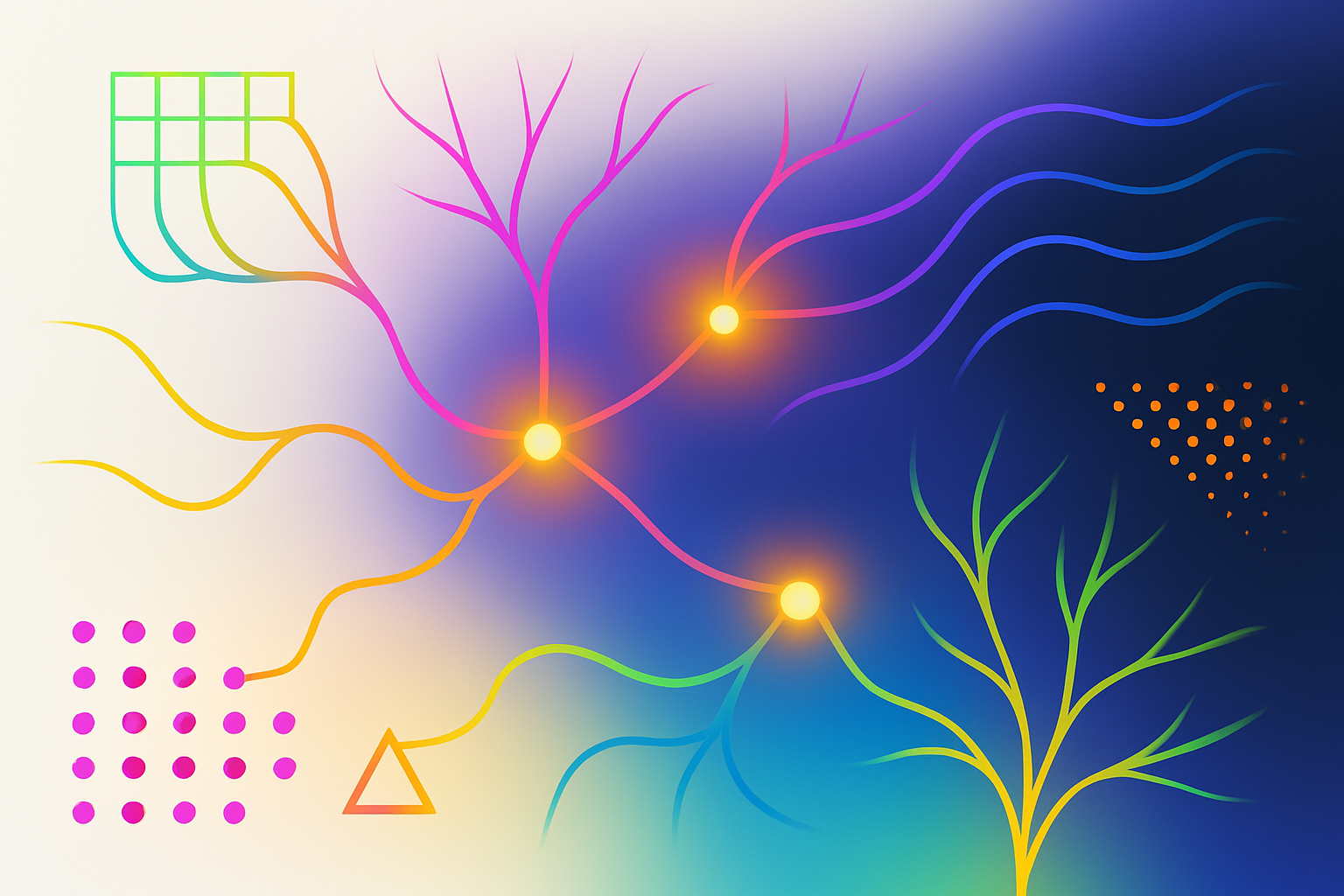
 John Moravec
John MoravecNo more boxes: Learning in ecosystems
Learning “outside of the box” is cliché. Forget the box!
Most formal education divides life into compartments: math at 10 a.m., science after lunch, pursuit of curiosity squeezed in if there’s time. It is a tidy structure designed for predictability, but real learning is not tidy. It is contextual, relational, and often spontaneous. Despite decades of reform efforts, most schools still operate through fragmentation, with subjects taught in isolation, rigid timetables, and age-based grouping that separates learners from the complexity of the real world.
From Manifesto 25:
Learning occurs in ecosystems, not boxes. Rigid schedules and siloed classrooms reduce education to a transactional process, ignoring its lifelong, interwoven nature. Formal schooling should be one strand in a wider tapestry of experiences that involves family, community, workplaces, and digital networks. By blending these contexts, we erase boundaries between formal and informal learning, allowing knowledge and skills to circulate freely. In such environments, students learn to adapt to various roles, work across generations, and embrace insights from unexpected sources. Freed from the confines of boxes, education fuels curiosity and self-confidence, preparing learners to flourish in an ever-evolving world.
Rethinking where, and how, learning happens
Learning does not begin or end in classrooms during industrial work hours. Families, community centers, libraries, maker spaces, online forums, and workplaces all shape what people know and how they grow. These spaces are vital parts of how we learn.
Take Sofia, a 14-year-old in Buenos Aires. At school, she struggles with traditional writing assignments. But outside class, she runs a food review blog with her older cousin, writing, editing, and promoting posts on Instagram and TikTok. She translates posts to engage a wider audience and partners with local cafés to feature and promote their work. None of this appears in her school record. However, she is developing communication skills, digital literacy, and entrepreneurial thinking, each skills the curriculum claims to value.
When schools ignore learning beyond their walls, they disconnect students from their own lives. Most systems still treat community knowledge as enrichment rather than essential learning. Recognizing what learners like Sofia already do would connect the dots: linking informal experience to academic goals and translating problem-solving into recognized achievements.
This shift means designing for relevance without lowering standards. Schools can build flexible schedules to allow time for internships, fieldwork, or community service. They can offer credit for real-world projects and create tools for students to track and reflect on learning across contexts. Educators become guides who help learners build bridges between home, school, and world, not gatekeepers of where learning starts and stops.
In a functioning ecosystem, schools connect knowledge more than they deliver information. This implies attending to new knowledge creation rather than managing it.
From transaction to circulation
Despite decades of reform, many schools continue to function like delivery systems: knowledge is packaged, delivered, and measured through controlled processes. This model treats learning as an isolated transaction, missing how real growth circulates across relationships, places, and experiences. Despite calls for reform, schooling still operates like a delivery system: teachers hand down content, students are expected to absorb it, and tests are used to validate the exchange. This transactional model reinforces separation between disciplines, between learners and their communities, and between education and lived experience. It overlooks how real learning happens: across relationships, through curiosity, and in response to the world.
An ecosystem model works differently. Knowledge moves. It grows through interaction, conversation, trial and error. It is shared across communities and adapted through lived experience. In contrast, ecosystem learning grows through interaction, experimentation, and reflection. Knowledge is shared, remixed, and reinterpreted across relationships and settings, becoming something learners contribute to in addition to consumption.
This shift is important. The challenges young people face do not fall neatly into categories. Addressing climate collapse, food security, or ethical AI requires integrating ideas from many fields and perspectives. Success in these spaces depends on the ability to collaborate with people who think differently, ask better questions, and find connections across domains.
When learning is designed for circulation, schools become nodes in a larger network of shared knowledge and mutual learning, a role that extends beyond content delivery. Teachers organize conditions for inquiry. Learners contribute knowledge, draw from their communities, and test ideas through action. A science teacher may collaborate with a local farm. A media project might involve elders sharing oral histories. A math project could map energy use in neighborhood buildings. The learning continues wherever relationships can be formed and questions pursued, non-stop.
This approach changes the role of the school in society. Rather than gatekeeping knowledge, schools create flow. They connect people, ideas, and experiences that might otherwise remain siloed. They make learning visible and relevant across the contexts where it already happens. In doing so, they help learners develop the skills, empathy, and agility needed to meet the complexity of the present and shape what comes next.
Designing for ecosystems
Moving toward an ecosystem approach requires more than expanding where learning happens. It calls for a new way of thinking about how learning is structured, supported, and recognized. Schools must shift from acting as the central authority to becoming active participants in a broader network.
- Flexible pathways: Learners follow many routes to knowledge. Personalized learning plans should account for learning that happens outside of school walls (e.g., through internships, caregiving, online communities, artistic practice, activism, and part-time work). These experiences provide legitimate, often more durable, sources of growth.
- Networked partnerships: No single institution can meet the needs of today’s learners. Schools must work closely with libraries, museums, local businesses, community organizations, and cultural centers. These partners help build relevant, applied learning opportunities. A design student might work with an urban planning office. A group studying migration could collaborate with a local refugee support group.
- Intergenerational learning spaces: Most school environments group learners by age. In contrast, learning ecosystems allow learners to engage with people of different generations. A teenager might learn carpentry from a neighbor, mentor a younger student in robotics, or co-host a podcast with a grandparent. These interactions foster empathy, resilience, and the ability to navigate different perspectives.
- Open recognition systems: Learners need ways to document what they know and what they can do, especially when their learning does not come from traditional classrooms. Portfolios, digital badges, public exhibitions, and references from community members can offer meaningful evidence of growth. Recognition becomes more about relationships and impact than about test scores.
- Community-based inquiry: Learning becomes more powerful when rooted in place. Projects that respond to local challenges (such as food access, water quality, or community storytelling) help learners build a sense of purpose while developing skills. These local projects often connect to larger questions, giving learners insight into global patterns through personal engagement.
Schools do not disappear in this design; They evolve. They no longer try to contain learning within narrow structures. Instead, they become hubs in a larger web: curators of opportunity, builders of trust, and partners in a lifelong learning process. The intended outcome is to build education into a lived, participatory experience.
Breaking free from boxes
Education has long organized learning into boxes: classrooms, periods, and age bands designed to control movement and measure outcomes. But real learning crosses boundaries. A healthy learning ecosystem lets learners move across places, ideas, and communities, bringing their experiences and questions into the process. It trusts that learning rooted in real life grows deeper, not more chaotic.
These environments are porous. They allow movement between places, ideas, and communities. Learners bring with them experience, insight, and motivation from beyond school walls. Just like Sofia in Buenos Aires, whose online work reveals talents hidden by traditional assignments, many young people already operate in rich learning ecosystems …if we are willing to recognize them.
When learning is tied to the real world, people begin to see it differently. A middle school student who helps translate documents at a clinic learns applied literacy and civic responsibility. A high schooler who manages a small business with their family develops financial skills, problem-solving, and collaboration. These moments are valued as “places” where learning happens.
When learners see that their work has meaning (to themselves, to their communities, to the world) they begin to trust that learning is worth the effort. Learning ecosystems invite schools to grow into life.
Read and sign Manifesto 25 at https://manifesto25.org
Recommended readings
1EdTech. (n.d.). Open badges. https://openbadges.org
Falk, J. H., & Dierking, L. D. (2018). Learning from museums (2nd ed.). Rowman & Littlefield.
Wenger-Trayner, E., & Wenger-Trayner, B. (2020). Learning to make a difference: Value creation in social learning spaces. Cambridge: Cambridge University Press.



